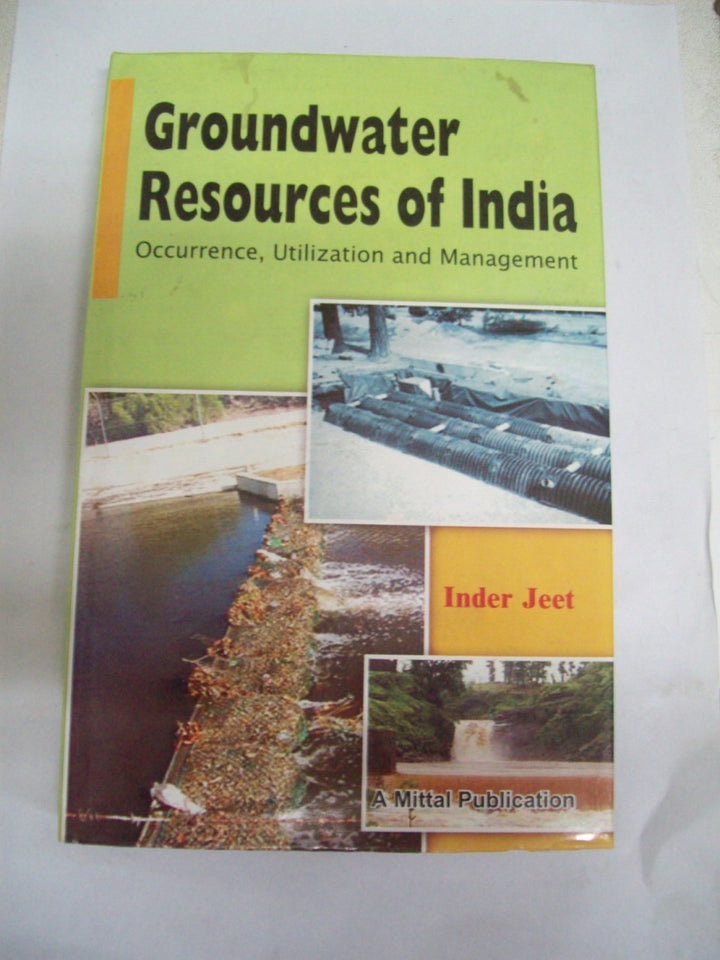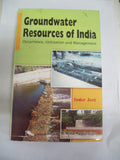Groundwater Resource Of India-Occurrence, Utilization And Management
Regular price
Rs. 450.00
Because of scarcity of surface water especially in the lean season in most parts of the country, groundwater plays a decisive role. Being a vast country, India has a diversified hydrological setting. Variations in the nature and composition of the rock type, the geological features and hydro-meteorological conditions have correspondingly given rise to widely varying groundwater situations in different parts of the country. According to an estimate of Central Water Commission, a very large portion of the country, nearly 120 million hectares, consists of consolidated hard rock formation. The yield in such areas is low. In semi-consolidated formations which cover about five million hectares sedimentary rocks such as sandstone, limestones and conglome-rates occur. The yield in these areas is moderate. These formations occur particularly in Rajasthan, Gujarat and Tamil Nadu. There are large areas of consolidated formations in India consisting mainly of sand, gravel, boulder, laterites, and clays. These areas include valleys like Kashmir, the Indus basin, and the Ganga- Brahmaputra- Meghana basin and coastal tracts. These areas yield substantial quantities of water. These spatial variations of groundwater availability have significant economic effects. The present work is an attempt to touch those aspects of groundwater which are significant not only in the analysis parlance but also in the fields of planning and management. A detailed study is made about the various factors responsible for groundwater occurrence in the country, its distribution, and utilisation, problems of utilisation and present status of groundwater management.
Guaranteed Safe Checkout





